The 2030 Agenda for Sustainable Development, unanimously adopted by all United Nations Member States in 2015, serves as a collective roadmap for promoting peace and prosperity for both people and the planet. At its core lie the 17 Sustainable Development Goals (SDGs), which urgently call for action from all nations—both developed and developing—through global collaboration. These goals recognize that addressing poverty and other deprivations must be coupled with strategies to enhance health and education, reduce inequality, and foster economic growth—all while addressing climate change and safeguarding our oceans and forests. 🌍🌱
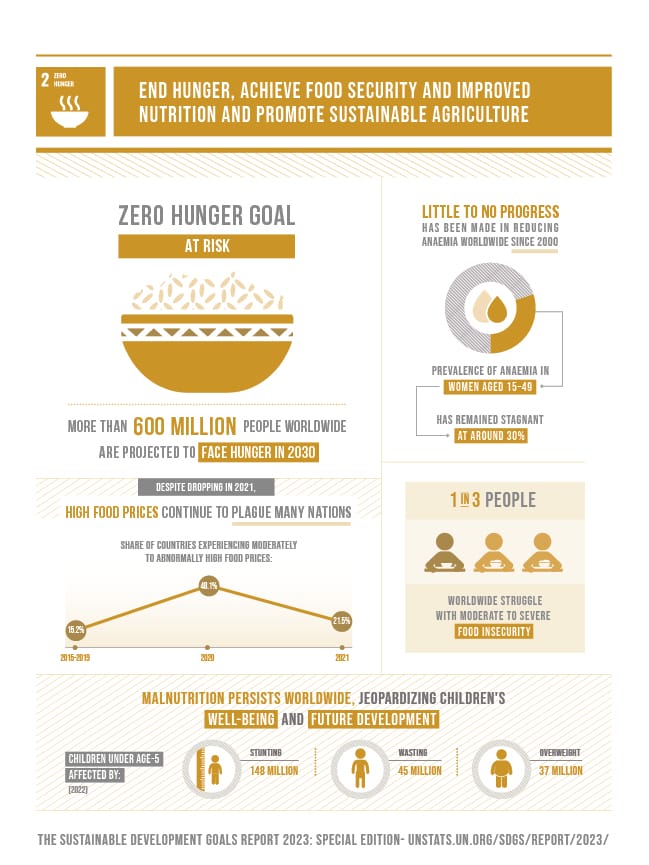
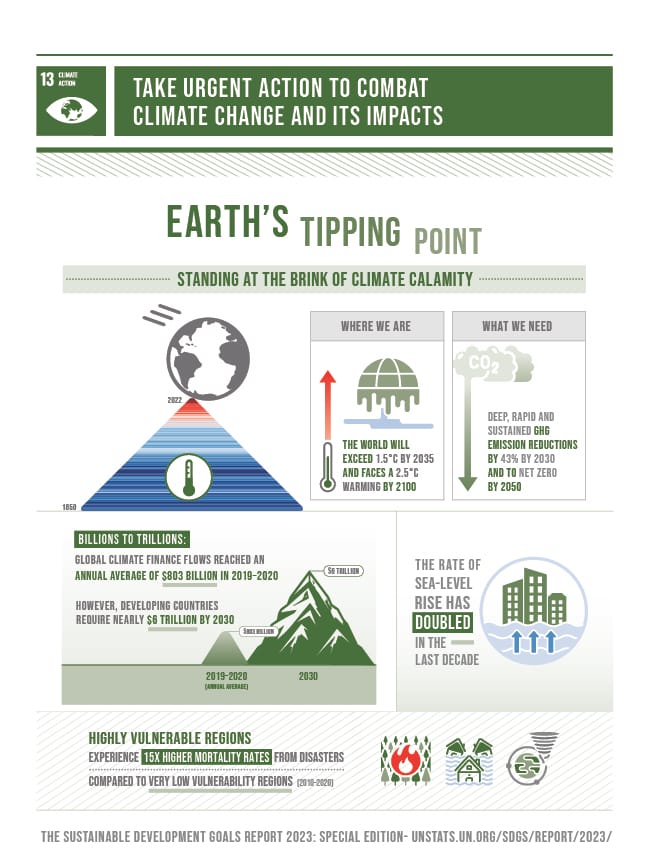
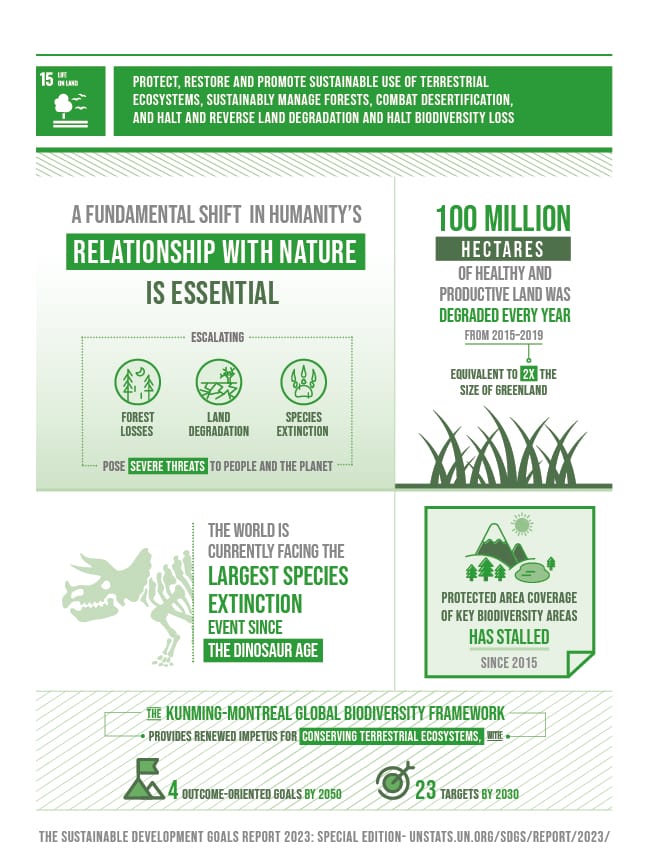
Sustainable Development Goals (SDGs #2, #13, & #15) | Source: UN SDGs
The Green Legacy Initiative launched by the Ethiopian government in 2019, aligns with SDG#2, SDG#13 & SDG#15, focusing on ending hunger, combating climate change and ensuring sustainable use of the planet's resources. Ethiopia's Green Legacy initiative represents a monumental effort to combat environmental degradation and climate change through mass reforestation. The initiative, which is part of Ethiopia's broader Climate Resilient Green Economy strategy, set an ambitious target of planting 20 billion seedlings over four years. According to the government's official website, by the fourth year, this goal was surpassed with 25 billion seedlings planted, mobilizing over 20 million citizens and creating more than 767,000 jobs, primarily for women and youth.
The United Nations estimates that Ethiopia’s forest coverage has declined drastically to a low of just 4 per cent in the 2000s from 35 per cent a century earlier.
The funding for this extensive environmental undertaking comes from a variety of sources. The Ethiopian government had proposed allocating between 0.5 and 1 percent of the annual federal budget to finance the initiative. Additionally, support from development partners, civil society organizations, and the private sector plays a crucial role in sustaining the project. The progress of the Green Legacy initiative has been noteworthy. Not only has it exceeded its planting targets, but it has also significantly contributed to the increase in Ethiopia's forest cover, from 17.2 percent in 2019 to 23.6 percent by 2023. This also includes part of the Great Green wall of Africa, that aims to prevent the spread of the Sahara Desert.
1 ቀን ቀረን - ነሐሴ 17፣ 2016 ዓ.ም በአንድ ጀምበር 600 ሚሊዮን ችግኞችን በጋራ ለመትከል።#PMOEthiopia pic.twitter.com/9SWiFi1qCl
— Office of the Prime Minister - Ethiopia (@PMEthiopia) August 22, 2024
Plans to plant 600 million seedlings in a single day on August 24, 2024
The survival rate of the seedlings has been a point of focus, with government reports suggesting an average survival rate of over 80 percent in the initial years. The initiative has also been recognized for its contribution to food security, with the planting of seedlings that have premium values in local and international markets, such as avocados, mangoes, apples, and papayas. It has also sparked a green culture within Ethiopia, raising public awareness about deforestation and the importance of reforestation.
To measure the effectiveness of the Green Legacy initiative, it is essential to monitor the survival rate of the planted trees. Factors such as climate, soil conditions, and proper care can influence the success of reforestation efforts. Additionally, the initiative aims to promote sustainable land management practices to curb current and future deforestation.
“Farmers tend to plant fast-growing trees which provide economic benefits in a shorter period of time, like eucalyptus.” Dr Wubalem Tadesse: Recent interview with Dialogue Earth.
This initiative is a massive undertaking and one that requires lots of planning and coordination. A study conducted in Northern Ethiopia, to check the survival rates of seedlings planted under the GTP I (2011-2015) plan, found that regional survival rate of tree seedlings as around 53%. At the time, the researchers found out that there was a discrepancy between what was initially reported and what was found on the ground. Steps should be taken to ensure this doesn't happen now.
All Ethiopians set out to plant 600 million saplings from sunrise to sunset today. Refusing to let the sun set without achieving our goal, we surpassed it, planting an astounding 615.7 million saplings by the end of the day.
— Abiy Ahmed Ali 🇪🇹 (@AbiyAhmedAli) August 23, 2024
Children have planted their hope. Young people have… pic.twitter.com/bH6S0QiyVV
“Data indicates more than 92,000 hectares of forest are destroyed every year. In contrast, the nation plants approximately 20,000 hectares each year. As a result, 70,000 hectares of forest cover are lost,” Dr Wubalem Tadesse: Recent interview with Dialogue Earth.
Challenges Facing the Green Legacy Initiative
The Green Legacy Initiative represents a bold step towards environmental restoration in Ethiopia. However, achieving its ambitious goals requires addressing several key challenges:
- Data Access and Transparency: Given the scale of this initiative, some argue that the government should commission independent institutions to verify and validate the data and methodology used to track the number of seedlings planted and analyze their survival rates. In 2019, Ethiopia planted more than 350 million seedlings in a single day, as part of the 4 billion seedlings planted. Although this achievement could have been a world record, the organizers did not register it with the Guinness World Records, according to the organization’s spokeswoman, Jessica Dawes, speaking to the BBC.
- Long-Term Care and Maintenance: Planting billions of trees is just the first step. Ensuring their long-term survival requires ongoing care, including watering, weeding, and protection from pests and diseases. This requires dedicated resources and manpower.
- Species Selection: Since approach followed was to grow 30% of fast-growing trees, 30% of indigenous trees and 40% of ornamental and fruit-bearing seedlings, planting the right seedling in the right environment could be a challenge.
- Sustainable Land Management: The initiative aims to curb deforestation, but addressing the root causes like unsustainable farming practices and fuelwood collection is crucial. Increasing productivity in already existing farmlands has proven successful in European countries in preserving their natural forests, while programs that introduce efficient cooking technologies and promote alternative livelihoods can be beneficial.
- Community Involvement: While the initiative has mobilized millions, ensuring long-term sustainability requires community ownership. Programs that educate communities on the value of trees and empower them to manage their local forests are essential.
By addressing these challenges, the Green Legacy Initiative can achieve its ambitious goals and become a model for sustainable reforestation efforts around the world.



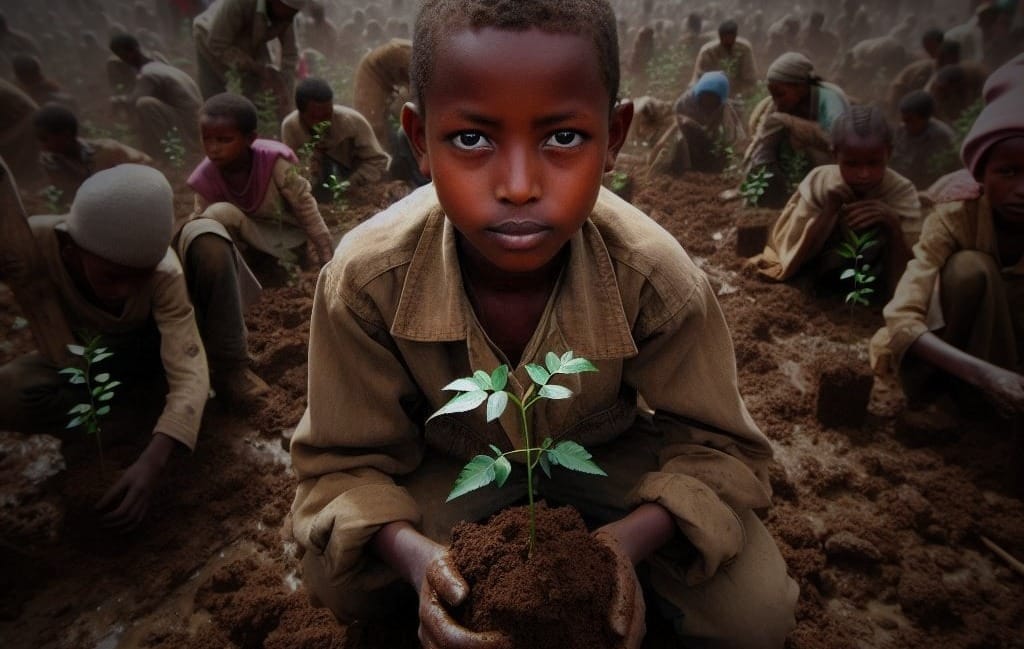

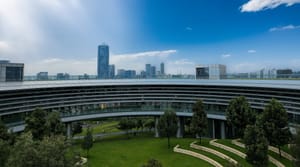
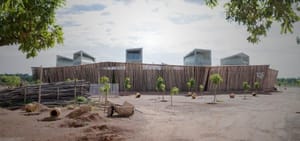


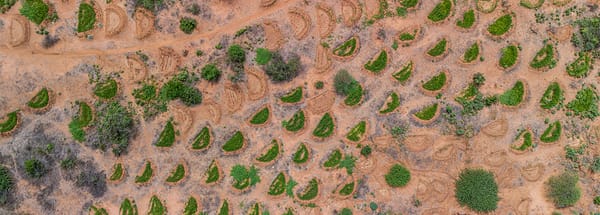
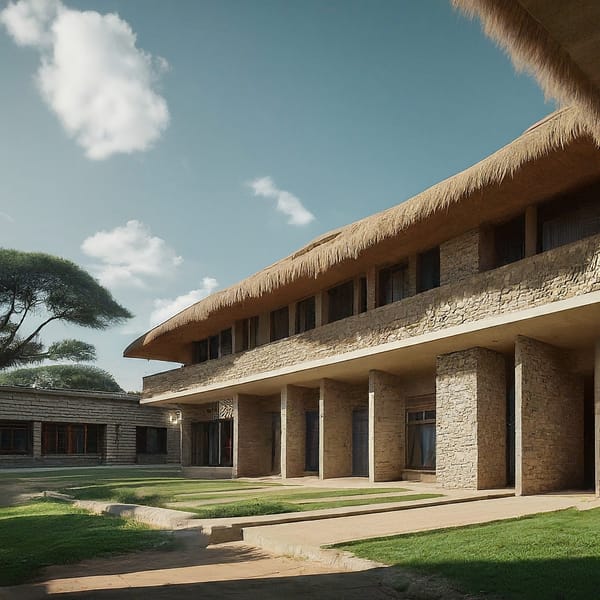

Member discussion